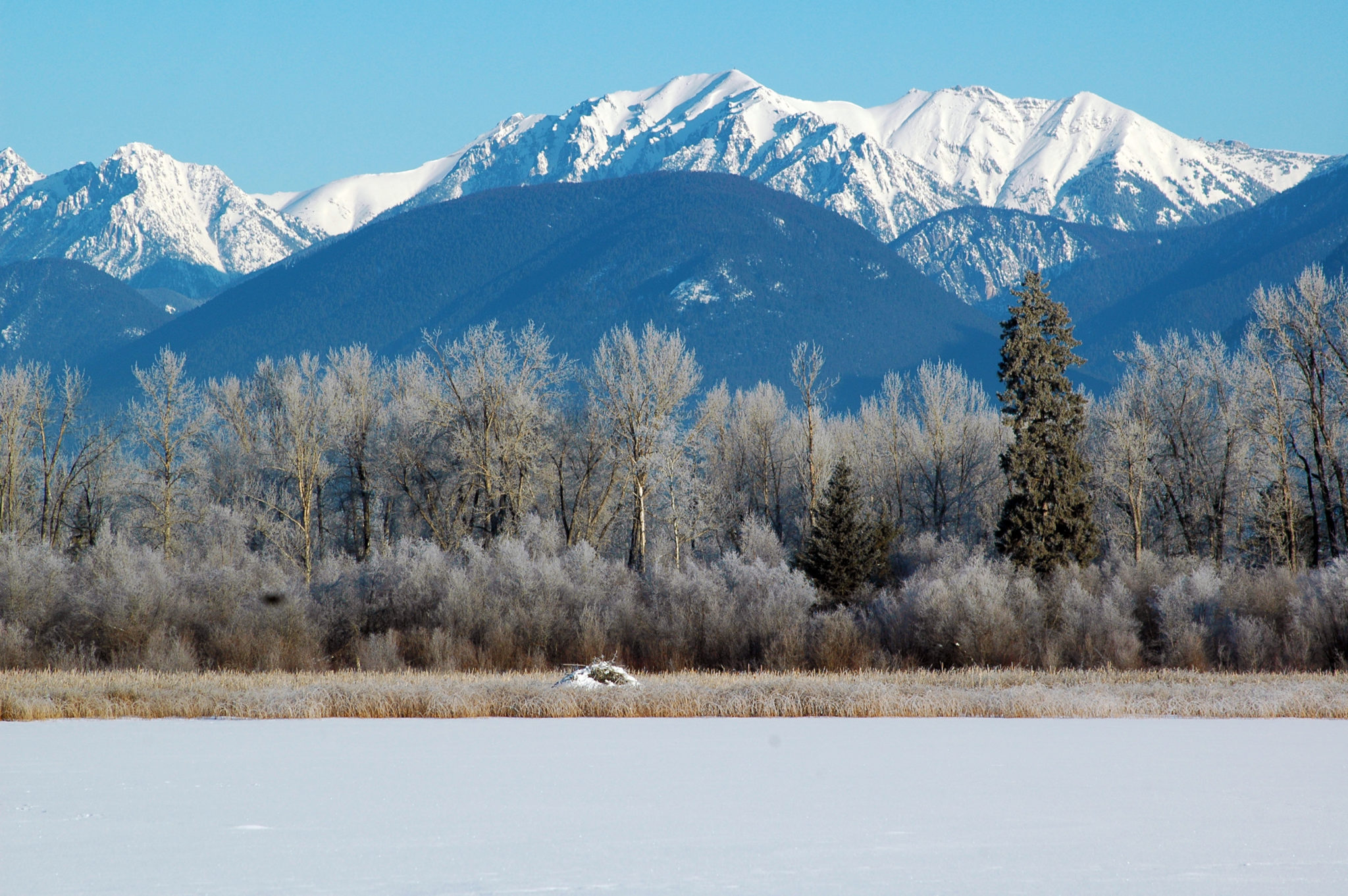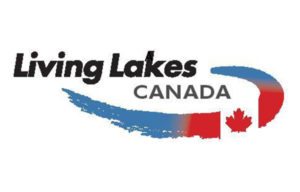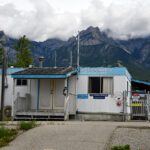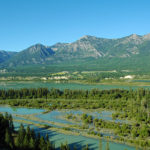Home »

Empowering communities to protect local watersheds
 Submitted by Living Lakes Canada
Submitted by Living Lakes Canada
Op-Ed Commentary
The extreme climate impacts experienced in B.C. in 2021 are ushering in new mainstream vocabulary as more and more people grapple with the enormity of the consequences taking place. Heat domes. Atmospheric rivers. Ecosystem resilience. Watershed security. Climate anxiety. All recent additions to our everyday lexicon.
Climate change has swiftly become the climate crisis, as the catastrophic flooding and landslides in recent weeks have shown, preceded by the record heat waves, drought and fires of the summer. Entire communities have been burned to the ground or submerged in floodwater; major transportation corridors obliterated. Private properties have literally been washed away by a raging river leaving nothing behind but a gaping empty space.
The intensity of climate impacts is projected to grow, along with an alarming price tag as governments work to fight wildfires, rebuild highways, reinforce dikes, repair water and waste systems, clean up flood damage and provide financial assistance to those reeling from disaster-related losses.
Clearly a reactive strategy isn’t a sustainable solution. We already have the data to start planning for our future. With consistent and continued monitoring combined with a commitment to follow the science, we can meet the challenges of a changing climate, and build new economies while we’re at it.
The Healthy Watershed Initiative (HWI) has already afforded B.C. an opportunity to do this over the past year. A one-time investment of $27 million as part of the province’s $10-billion COVID-19 economic recovery program, the HWI created over 700 jobs across more than 60 projects focused on watershed security.
Using the HWI as a foundation is the next step is to implement a permanent BC Watershed Security Fund for sustainable and independent funding to help communities increase their adaptation options in anticipation of the continued, multi-scale, immediate and longer-term climate change impacts.
In the Canadian Columbia Basin, for example, climate impacts that have been predicted for decades are now taking place as extreme temperature and precipitation, flooding, fire events, diminishing glaciers and loss of biodiversity. High and low elevation lake ecosystems, soil moisture, wetlands, and groundwater aquifers in the region are being impacted. A recipient of HWI funding, Living Lakes Canada is coordinating a project to build a unified water monitoring network across the Canadian Columbia Basin to collect data on these impacts to inform source water protection in watershed management.
This project — the Columbia Basin Water Monitoring Collaborative — is working with Indigenous and non-Indigenous governments and groups who are building water stewardship capacity and jobs. This is taking place with communities interested in securing the health of source water and local watersheds. Part of the Monitoring Collaborative’s efforts include the Columbia Basin Water Hub, an open access database for water-related data collected in the region to facilitate informed decision making around the Columbia Basin’s freshwater supply and, ultimately, subsequent water allocations.
One only has to look to California to see this reality playing out. Nearly half of all California residents are under a regional drought emergency as record dry conditions continue to exacerbate a prolonged water crisis, with local water restrictions in place and state-wide mandatory water restrictions on the horizon. If the planet continues to warm, a new study led by researchers at Lawrence Berkeley National Laboratory (Berkeley Lab) has found low-to-no-snow winters will become a regular occurrence in the western U.S. in 35 to 60 years, with potentially catastrophic consequences given the long-held reliance on snowpack in water management.
Closer to home, the author of a recent study out of the University of Northern BC has estimated all of Vancouver Island’s ice packs will be gone by mid-century. On the eastern side of the province, models released by the University of BC in 2020 have shown the Rocky Mountains could lose 90% of glacier ice volume by 2100 due to climate change; meanwhile, glacier melt in the Rockies accelerated three times higher than average during this summer’s heat dome, according to a glaciologist with the University of Alberta.
With mountain snowpacks on the decline, now is the time to invest in our water and our watersheds. Empowering B.C. communities to look after their local watersheds can only increase watershed security despite ongoing changes to the hydrological cycle.
“Water is the lifeblood of all living things.” This was a statement from Kukpi7 Wayne Christian, Tribal Chief of the Shuswap Nation Tribal Council in a webinar recently hosted by Living Lakes Canada as part of the Indigenous-led Water Relationships webinar series. Chief Christian reminded that, “In our relationship with water and land it needs to be understood that we have responsibilities. Yes, we have rights, but more so we have responsibilities for the water, for the land. Water is a humble but powerful spirit and the sacred gift of life.”
Living Lakes Canada is a national water stewardship non-profit with the hub of its operations in southeastern B.C. in the Columbia Basin region. As a member of the BC Watershed Security Fund Coalition, Living Lakes Canada is part of the collective voice advocating for a BC Watershed Security Fund and the associated BC Watershed Security Strategy.
Lead image: Frozen Columbia River Wetlands near Radium Hot Springs. e-KNOW file photo







